Screw Gear crossed helical gears
Screw gears, also sometimes called crossed helical gears, are helical gears used in motion transmission between non-intersecting shafts. Screw gears can be used to transmit power between non-parallel shafts. This is because the helical teeth allow the gears to mesh even when the shafts are not aligned. Screw gears are also able to transmit high torques, which makes them ideal for applications such as hoists and winches. Screw gears can be made from a variety of materials, including steel, stainless steel, and plastic. The material used will depend on the application and the loads that the gear will be subjected to.
Screw Gears (Crossed Helical Gears)
Screw gears, also sometimes called crossed helical gears, Helical gears used in motion transmission between non-intersecting shafts.Crossed Helical Gearscan be used to transmit power between non-parallel shafts. This is because the helical teeth allow the gears to mesh even when the shafts are not aligned. Screw gears are also able to transmit high torques, which makes them ideal for applications such as hoists and winches.
Screw gears can be either right-handed or left-handed. Right-handed gears have teeth that spiral in a clockwise direction when viewed from the end, while left-handed gears have teeth that spiral in a counterclockwise direction. When two screw gears mesh, the teeth of one gear mesh with the spaces between the teeth of the other gear. This creates a smooth, gradual transfer of power, which reduces wear and tear on the gears.
Screw gears are available in a wide range of sizes and pitches. The pitch is the distance between the centers of two adjacent teeth. The size of the gear is determined by the number of teeth. Screw gears can be either single-stage or multi-stage. Single-stage gears have a single-gear train, while multi-stage gears have multiple-gear trains. Multi-stage gears are used in applications where high torque or low speed is required.
Screw gears are a versatile type of gear that can be used in a wide range of applications. They are characterized by their smooth operation, high efficiency, and ability to transmit high torque. Screw gears are a reliable and cost-effective solution for a variety of mechanical problems.
Features of Screw Gears
Screw gears are a type of gear that has teeth that are cut at an angle, similar to helical gears. However, screw gears have a much steeper angle, which means that the teeth mesh more gradually than helical gears. This gives screw gears a number of advantages, including:
- Higher efficiency: Because the teeth mesh more gradually, there is less friction and wear, which leads to higher efficiency.
- Quieter operation: The gradual meshing of the teeth also produces less noise, making screw gears ideal for applications where noise is a concern.
- Increased load capacity: The gradual meshing also allows screw gears to carry more load than helical gears.
- Greater flexibility: Screw gears can be used with a wider range of shaft misalignments than other types of gear.
Types of Screw Gears
Screw gears can be made from a variety of materials, including steel, stainless steel, and plastic. The material used will depend on the application and the loads that the gear will be subjected to. Steel is the most common material for screw gears, as it is strong and durable. Stainless steel is often used in applications where corrosion resistance is required. Plastic is sometimes used in applications where weight and cost are important considerations.
 |
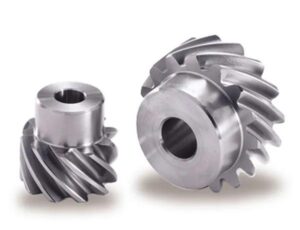 |
| Steel Screw Gears | Stainless Steel Screw Gears |
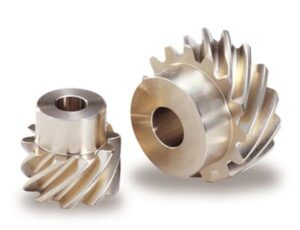 |
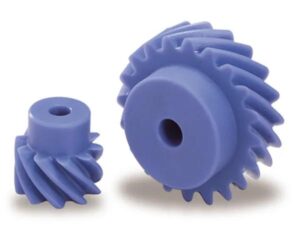 |
| Aluminum Bronze Screw Gears | Plastic Screw Gears |
Advantages of Using the Screw Gears
Screw gears, also called crossed helical gears, are a type of gear that is used to transmit motion between non-parallel, non-intersecting shafts. They are characterized by their helical teeth, which provide a number of advantages over other types of gears.
1. Low noise operation: The helical teeth of screw gears mesh smoothly, which results in low noise operation. This makes them ideal for use in applications where noise is a concern, such as machine tools and medical equipment.
2. High efficiency: Screw gears are very efficient, with efficiencies of up to 98% being possible. This is due to the fact that the helical teeth provide a larger contact area, which reduces friction and wear.
3. Wide speed range: Screw gears can be used to transmit a wide range of speeds. This makes them ideal for use in applications where the speed requirements can change, such as in variable-speed drives.
4. Long life: Screw gears are very durable and can last for many years under normal operating conditions. This is due to the fact that the helical teeth are self-lubricating and do not require frequent lubrication.
Overall, screw gears are a versatile and reliable type of gear that can be used in a wide variety of applications. Their low noise operation, high efficiency, wide speed range, and long life make them an excellent choice for many applications.
Screw Gear Vs Worm Gear
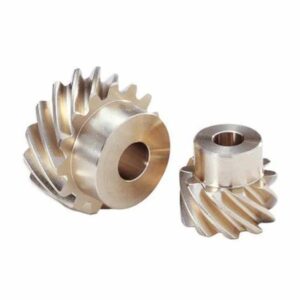 |
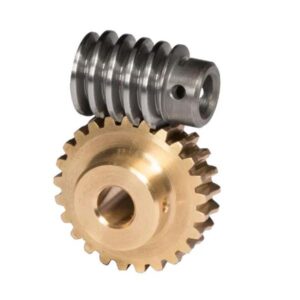 |
| Screw Gear | Worm Gear |
|---|
As you can see, screw gears and worm gears are very similar in design. The main difference is that a screw gear has teeth, while a worm gear has a spiral thread. This difference in design leads to some key differences in the performance of the two types of gears.
Screw gears are more efficient than worm gears, but they cannot transmit as much torque. This makes them better suited for light-duty applications, such as clocks and toys. Worm gears, on the other hand, are less efficient, but they can transmit much more torque. This makes them better suited for heavy-duty applications, such as hoists and winches.
Another important difference between screw gears and worm gears is their speed reduction ratio. Screw gears can only achieve a low-speed reduction ratio, while worm gears can achieve a high-speed reduction ratio. This is because the teeth on a screw gear create a point contact with the teeth on the mating gear, while the spiral thread on a worm gear creates a line contact.
The line contact on a worm gear allows it to transmit more torque, but it also reduces its efficiency. The point contact on a screw gear is more efficient, but it cannot transmit as much torque.
The choice of whether to use a screw gear or a worm gear depends on the specific application. If efficiency is more important than torque capacity, then a screw gear is the better choice. If torque capacity is more important than efficiency, then a worm gear is the better choice.
Here is a table comparing screw gears and worm gears:
| Feature | Screw Gear | Worm Gear |
|---|---|---|
| Shape | A screw with teeth | A shaft with a spiral thread |
| Mates with | Another screw gear | A worm wheel |
| Efficiency | Low | Very low |
| Torque capacity | Low | High |
| Speed reduction ratio | Low | High |
| Applications | Light-duty applications, such as clocks and toys | Heavy-duty applications, such as hoists and winches |
Applications of Screw Gears
Screw gears are a type of gear that uses a screw-shaped gear to mesh with a helical gear. This type of gear train is often used to transmit power between non-intersecting shafts or to create a large reduction in speed. Screw gears are also used in a variety of other applications, including:
(1) Steering systems: The steering systems of many cars and trucks use worm gear and helical gear to convert the rotation of the steering wheel into the movement of the front wheels.
(2) Machine tools: Screw gears are used in a variety of machine tools, such as lathes, mills, and grinders. They are used to transmit power from the motor to the cutting tool and to provide a means of precise positioning of the tool.
(3) Robotics: Screw gears are used in a variety of robotic applications, such as arm joints and grippers. They are used to provide precise motion control and to transmit high torques.
(4) Conveyors: Screw gears are used in a variety of conveyor systems, such as those used to transport food, materials, and other products. They are used to move the product along the conveyor at a controlled speed.
(5) Lifts and elevators: Screw gears are used in a variety of lifts and elevators, such as those used in buildings and on ships. They are used to raise and lower the platform at a controlled speed.
We Also Offer Other Types of Gears
As a dedicated gear manufacturer, we carry the industry’s largest inventory of gear. By putting together a range of various materials, shapes, and pitches, we are able to provide gears that perfectly fit your applications. We carry nearly every type of gear imaginable. Even if our stock gears do not meet the requirements of a customer, we can accommodate any request with our custom gears. Our gears are all manufactured under strict quality control standards.
Our gear products include worm gear, helical gear, spiral bevel gear, straight bevel gear, miter gear, spur gear, herringbone gear, internal gear, rack and pinion, planetary gear, plastic gears, etc. Gears can be modified according to your individual specifications. This makes it possible to accommodate precise customer specifications not possible with conventional stock gears.
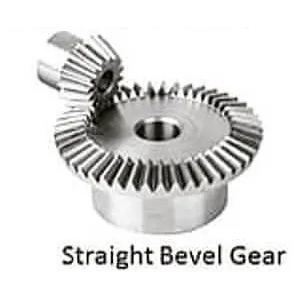 |
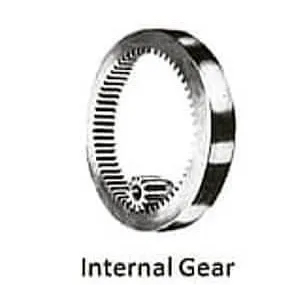 |
 |
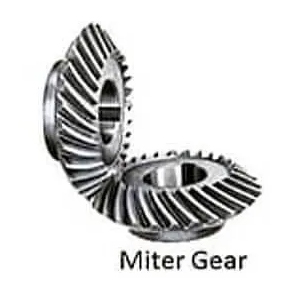 |
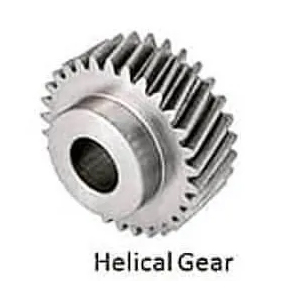 |
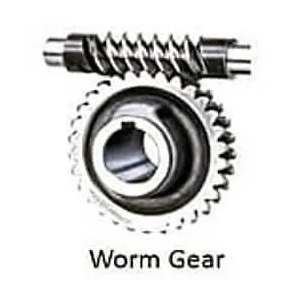 |
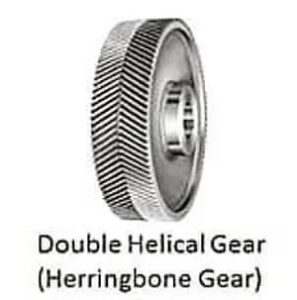 |
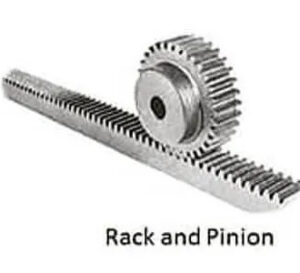 |
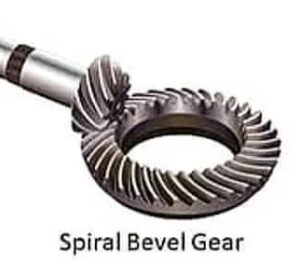 |

Packing Shipping Delivery
  |
 |
|
 |
 |
|
How to choose power transmissions parts and industrial products which meet our requirement
| Chains | Sprockets | Pulleys | Timing belt Pulley | V-belt Pulley |
| Sheaves | Coupings | Bush &Hub | Gear& Rack | V-Belt |
| Locking Assembly | Pulley | Gearbox | Reducer | Shaft Collar |
| Rod End Bearing | Clevis | PTO | Chain Guide | Belt Guide |
| Rubber Buffer | Chain Tensioner | PTO Drive Shafts | Universal Joints | Roller Chains |
| Conveyor Chains | V-Belts | Worm Gearbox | Helical Gear | Worm |
| Agricultural Chain | CNC Proces Parts | Casting | Stamping | |
| Powder Metallurgy | CNC Proces Parts | Casting | Stamping |
What Products Do you sell ?
We are a group of factories, give customer one stop solution of power transmission and industrial products. We are in the position to supply wide range of products, including chains, sprockets, v-belt and v-belt pulleys, timing belt and timing belt pulleys, gears, speed reducers, motors, racks, couplings, and many other parts, like locking assembly, taper bushing, Chain guide, shaft collar, torque limiter, cam clutch, universal joint, motor base and motor slide, rod end, clevis, rubber mount, etc. We make special parts according to drawings and/or samples.
How to choose a gearbox which meets our requirement?
You can refer to our catalogue to choose the gearbox or we can help to choose when you provide
the technical information of required output torque, output speed and motor parameter etc.
What information shall we give before placing a purchase order?
a) Type of the gearbox, ratio, input and output type, input flange, mounting position, and motor informationetc.
b) Housing color.
c) Purchase quantity.
d) Other special requirements.
What industries are your gearboxes being used?
Our gearboxes are widely used in the areas of textile, food processing, beverage, chemical industry,
escalator,automatic storage equipment, metallurgy, tabacco, environmental protection, logistics and etc.
What is the producing process?
Production process including raw material cutting, machine processing, grinding, accessories cleaning, assemble, cleaning, stoving, oil coating, cover pressing, testing, package.
How to control the products quality?
Combining advanced equipment and strict management, we provide high standard and quality bearings for our customers all over the world.
What is the transportation?
-If small quantity , we Suggest to send by express, such as DHL,UPS, TNT FEDEX. If large amount, by air or sea shipping.
Can we design packaging?
-Yes. Default is regular packing, and we can make customer's own packing.
Can you provide OEM service?
-Yes, we work on OEM orders. Which means size, quantity, design, packing solution, etc will depend on your requests; and your logo will be customized on our products.
Can you give me discount on Power Transmissions Parts and Industrial parts?
-Yes, of course. Pls. send me your Email, you'll get more
Q: Are You a trading company or a manufacturer?
A: We Are the factory and have our Own trading company
Q: How Can I get an offer?
A: please send US quotation information: drawings, materials, weight, quantity and requirements, we can accept PDF, ISGS, DWG, STEP file format. If you don't have the drawings, please send us the samples, we can also quote you according to your samples.
Q: What is your minimum order size?
A: it is usually 100 pieces, but a low quantity is acceptable under some special circumstances.
Q: Do you provide samples? Is it free or extra?
A: Yes, we can provide samples free of charge, but we don't pay the freight.
Q: What is the lead time for mass production?
A: honestly, it depends on the number of orders. Normally, if you don't need the tools, deposit them after 30 days or so.
Q: What if the parts don't Work?
A: we can guarantee the quality, but if it happens, please contact us immediately, take some photos, we will check the problem and solve it as soon as possible.
Q: What are your terms of payment?
A: payment is less than US $1000,100% in advance. Payment: $1000,50% wire transfer in advance, balance before shipment,Other Terms of payment are negotiable

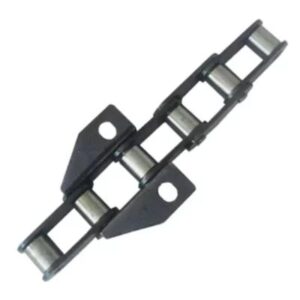
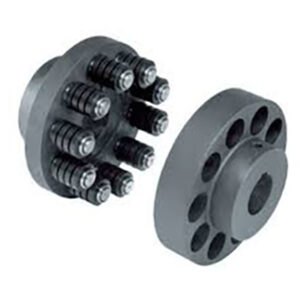
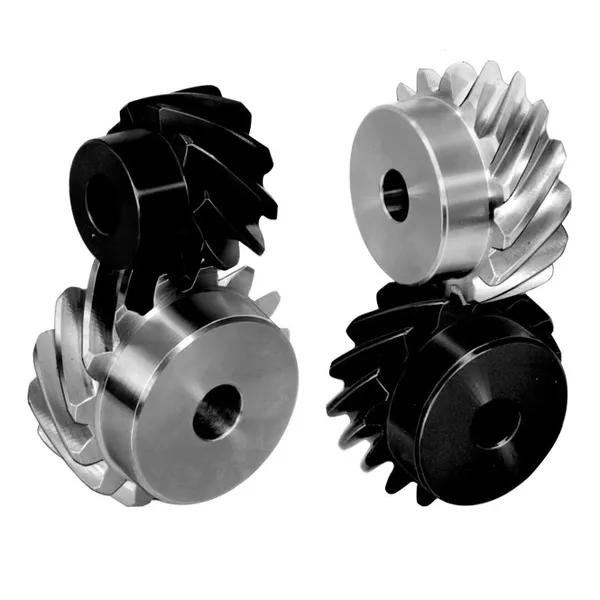

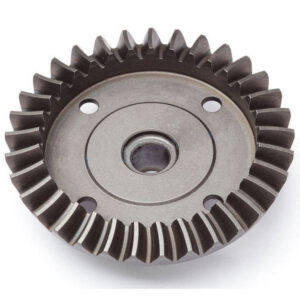
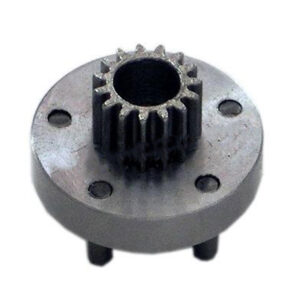
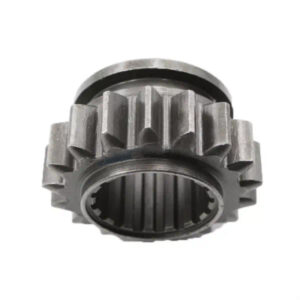
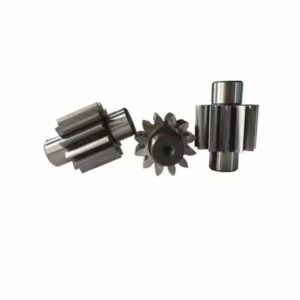
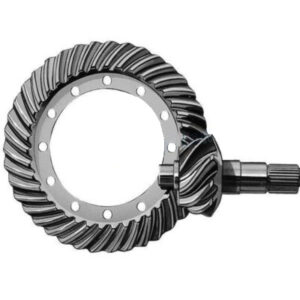
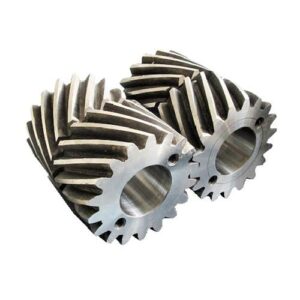

Reviews
There are no reviews yet.